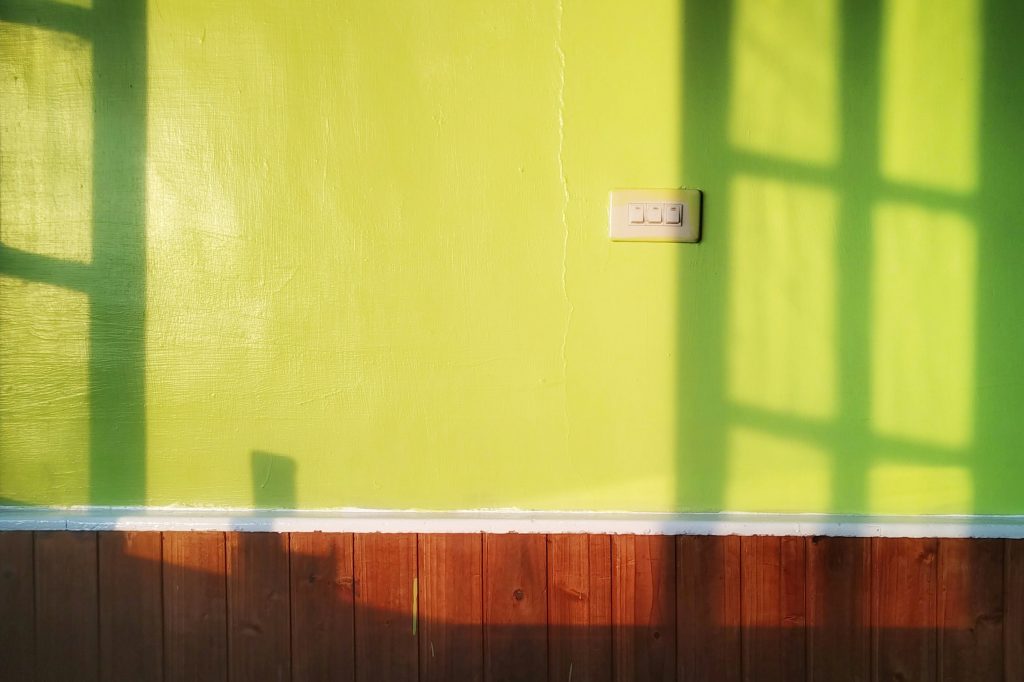
A new layer of paint can entirely change the appearance of your home. It enhances the brightness of living areas, safeguards your walls, and can even increase the value of your property. However, although painting might appear straightforward, numerous homeowners commit expensive errors that result in uneven surfaces, flaking paint, or the squandering of time and resources.
To assist you in achieving optimal outcomes, here are the ten most frequent painting errors made by homeowners—and strategies to prevent them.
Applying paint over dirty, damp, or uneven walls is a frequent mistake. If the surface is not prepared, the paint will not adhere correctly and could begin to peel within a few months.
To prevent this:
Numerous individuals forgo the use of primer in an effort to conserve time; however, primer is crucial for achieving proper adhesion and durable results—particularly on newly constructed walls or when painting over dark hues.
To prevent this:
Cheap paint typically necessitates several applications, deteriorates rapidly, and fails to provide adequate surface protection.
To circumvent this issue:
Using inappropriate brushes or rollers may result in streaks, bubbles, or inconsistent textures.
To prevent this:
Excessive dipping of paint leads to drips, splatters, and inconsistent coatings.
To prevent this:
Applying paint over wet layers or hurrying the procedure results in smudges and inadequate adhesion.
To prevent this:
Selecting an inappropriate color without prior testing may result in a room appearing excessively dark, overly bright, or incompatible with the existing furniture.
To prevent this:
Numerous homeowners tend to leave uneven edges around ceilings, windows, or baseboards, resulting in an unprofessional appearance.
To prevent this:
High humidity, rainfall, or excessive heat can damage a paint application.
To prevent this:
Running out of paint during a project can result in color inconsistency if you purchase an additional batch.
To prevent this:
Painting may appear to be an uncomplicated DIY task, yet steering clear of these frequent errors distinguishes a haphazard, fleeting job from a polished, professional finish.
By engaging in thorough planning, utilizing appropriate tools, and selecting high-quality paint, your residence will maintain a fresh, fashionable appearance while being safeguarded for many years. Furthermore, for a hassle-free experience, you might contemplate enlisting the services of professional painters who offer expertise, efficiency, and enduring quality.
